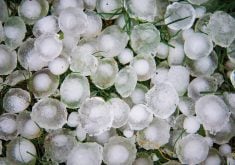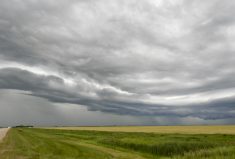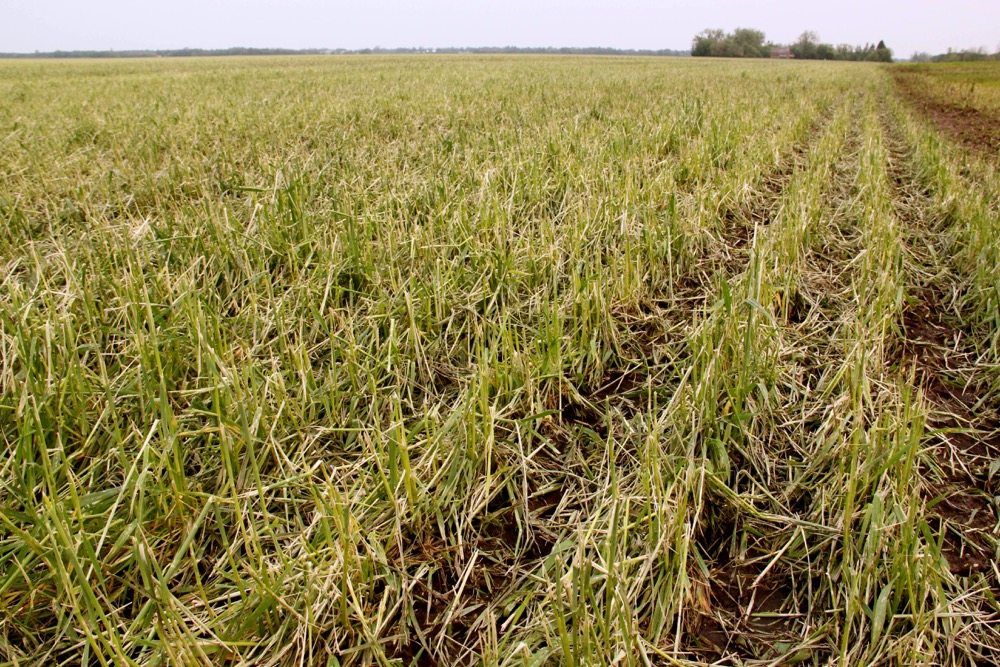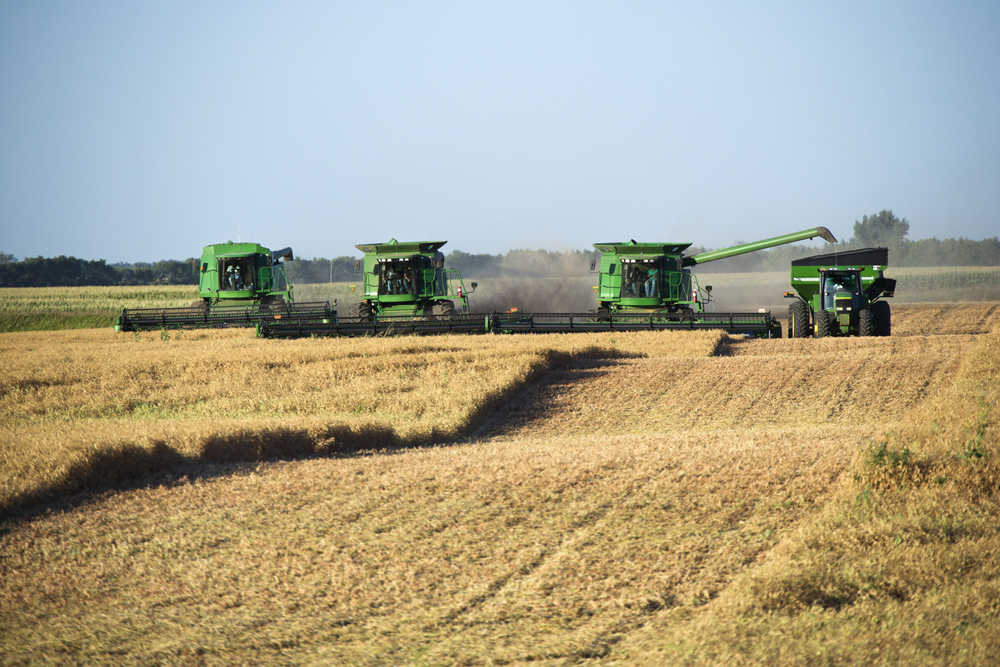As we move into the heart of summer and with all this moisture around in many regions, I think it’s time to revisit one misunderstood concept — humidity. To be more specific, we are going to look at exactly what humidity is, how we measure it, and how it is reported and interpreted.
The simplest definition of humidity is the amount of water vapour in the air. The warmer the air, the greater the distance between air molecules and therefore, the greater the holding capacity of the air for water vapour. Conversely, when air is cooled, the distance between air molecules decreases, leaving less room for the air to hold water vapour.
Read Also

YEAR IN REVIEW: 2025 a year of weather extremes
Wildfires, drought and flash floods, oh my! Looking back at 2025’s headline-grabbing event in Canada and around the world.
Because of this relationship, warm air has the capacity to hold much more water than cold air. The question is: By how much?
If we look only at the water-holding capacity of air at different temperatures and measure the amount of water by its mass (weight), we would find that for every 10 C increase in temperature, the holding capacity of the air for water nearly doubles. For example, air at 0 C can hold almost four grams of water for every one kilogram of air. If we warm that air up to 10 C, it can hold nearly eight grams, and by 30 C that same kilogram of air would have the capacity to hold nearly 28 grams of water.
When humidity is measured this way it is referred to as specific humidity. While this is a useful way to measure humidity, it is not the way that we usually hear it reported.
The most common way in which humidity is reported is relative humidity. Unfortunately, it is probably one of the most misunderstood terms used in trying to describe the weather.
Relative humidity is a ratio of the amount of water vapour in the air compared to the maximum it could hold under those same conditions, and is expressed as a percentage. Taking one of the examples from above, if we had an air temperature of 10 C and had eight grams of water vapour per kilogram of air, our relative humidity would be 100 per cent, calculated as follows:
Actual amount of water vapour in the air (eight grams) / the holding capacity of the air at the current temperature (which at 10 C is about eight grams) multiplied by 100 equals 100 per cent.
Now, if this same air was warmed up to a temperature of 30 C and the amount of water vapour in the air didn’t change, our relative humidity would be around 29 per cent (eight times 28 multiplied by 100).
This is where the misunderstanding begins to develop and where my pet peeve lies. When the air temperature was 10 C and the relative humidity was 100 per cent, people would say that it is humid out, but once the temperature has warmed up to 30 C and the relative humidity dropped to 29 per cent, people would say that it is very dry out. But in reality, the amount of water vapour in the air has not changed, only the temperature has. This is particularly noticeable on humid summer days. In the morning, when we have had temperatures in the 16 to 18 C range with relative humidities in the 100 per cent range, it’s humid out. By afternoon, with temperatures in the mid- to upper 20s, the relative humidity has dropped down to around 50 to 60 per cent and people now say it is dry out. But it’s not — it’s humid and the amount of water vapour in the air hasn’t changed.
A better way to measure humidity is by using the dew point temperature, which we simply refer to as the dew point.
This measurement is a fairly simple way of telling us exactly how much moisture is in the air no matter how the temperature changes during the day. The dew point is the temperature that we would have to cool the air to in order for condensation (or dew) to begin forming. In other words, the temperature that the air would have to be to give us 100 per cent relative humidity. In our previous example, the dew point first thing in the morning would have been around 18 C, since the air was at its holding capacity. By the afternoon, even though the air had warmed up, the dew point would still have been around 18 C since no additional water vapour was added or removed from the air.
So, how does this relate to overall humidity?
If we have dew points that are less than 10 C, the atmosphere is considered to be fairly dry, while dew points in the 10 C to 15 C range are fairly comfortable. Once we get into the 15 C to 20 C range, the atmosphere is becoming fairly humid. Dew points more than 20 C are getting very humid, and it will start to feel very uncomfortable outside.
If the dew point goes over 25 C, the atmosphere is heavy with moisture and conditions will be very uncomfortable and can even be dangerous.
Let’s go back to relative humidity once more to pound home the difference between this and the dew point. If the dew point was 25 C we know it is very humid out no matter what the temperature is, but if the temperature was, let’s say 35 C, the relative humidity would only be about 55 per cent, and I could guarantee that at least one person would be saying that it’s not that humid out!
Across the Prairies we rarely get dew points above 25 C, but the Canadian record did occur in Carman, Manitoba back in 2007 when the dew point hit an astonishing 30 C. We often have extended periods with dew points hovering in the low 20s. So remember, if it’s a hot summer day with dew points in the low 20s, even if the relative humidity is only 50 per cent — it is still humid out.
















